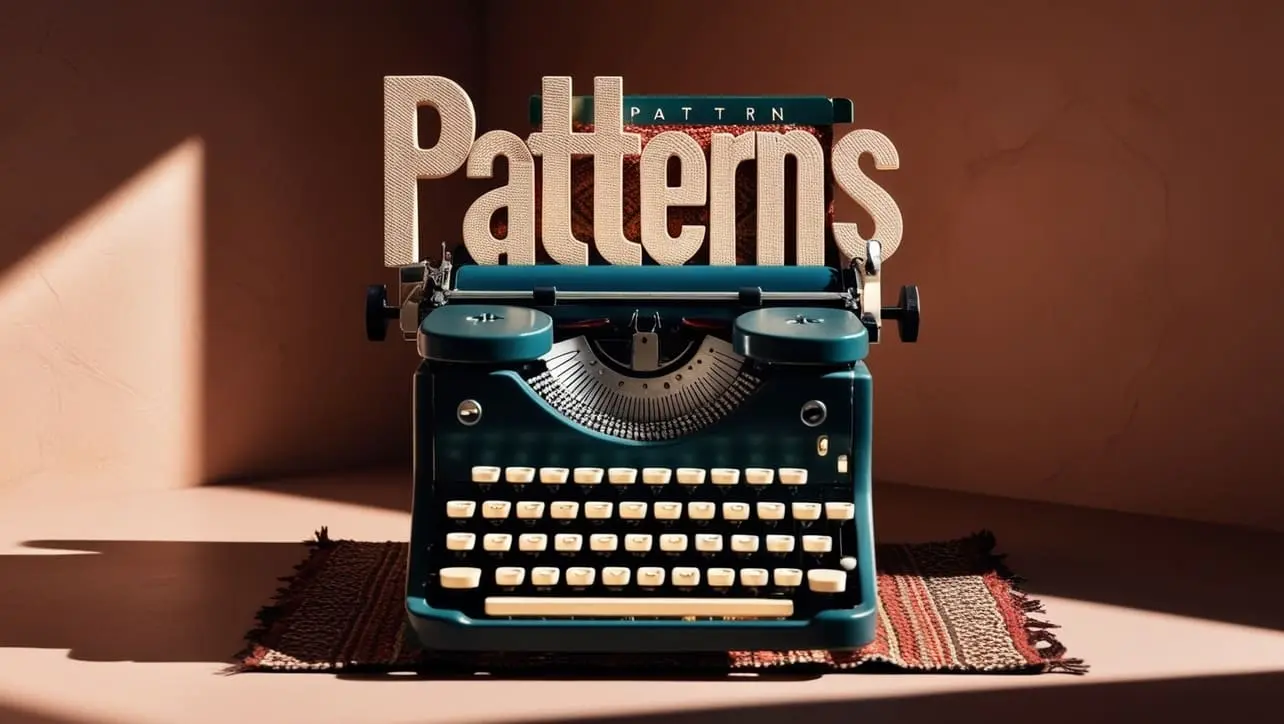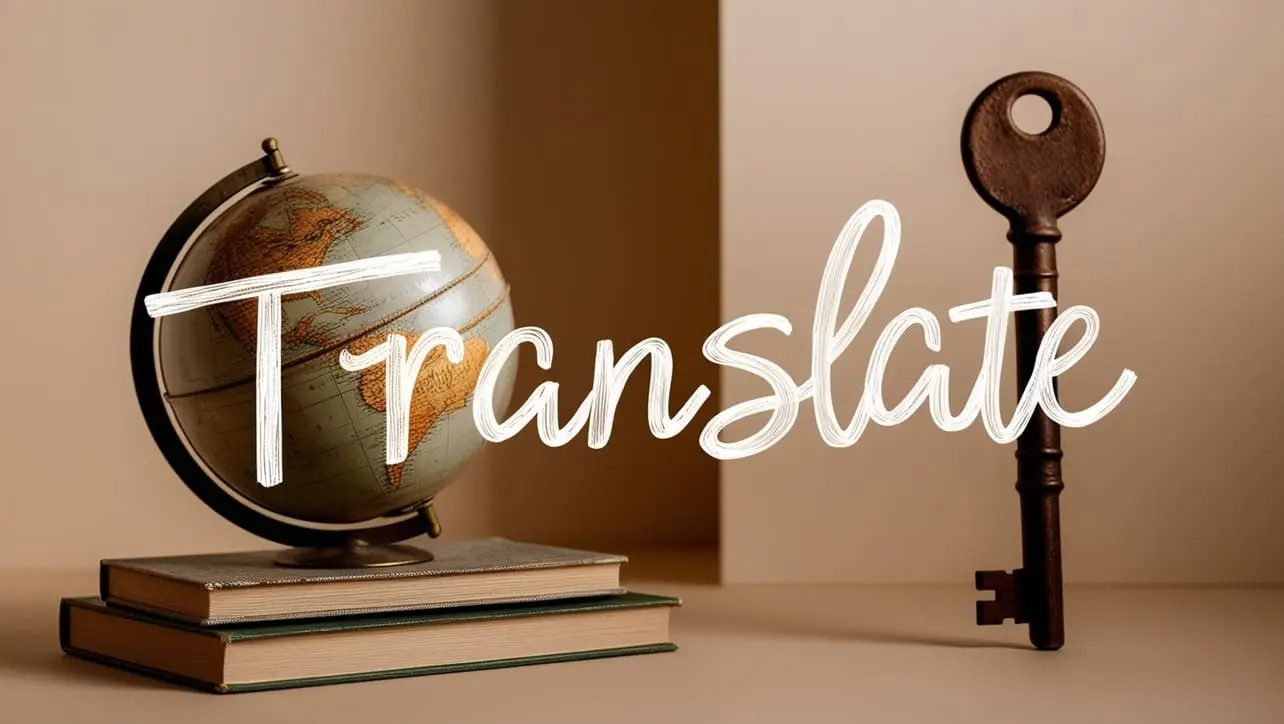
Canvas
- Canvas Introduction
- Canvas Draw Rectangles
- Canvas Draw Lines
- Canvas Draw Bezier
- Canvas Draw Quadratic
- Canvas Draw Arc
- Canvas Draw Paths
- Canvas Manipulating Images
- Canvas Linear Gradients
- Canvas Radial Gradients
- Canvas Text
- Canvas Pattern
- Canvas Shadow
- Canvas States
- Canvas Translate
- Canvas Rotate
- Canvas Scale
- Canvas Transform
- Canvas Composition
Canvas Pattern

Photo Credit to CodeToFun
🙋 Introduction
HTML5 Canvas provides a powerful API for creating and manipulating 2D graphics directly in the browser. One of the useful features of Canvas is the ability to create and use patterns, which can add textures and complex fills to your drawings.
In this guide, we'll explore the concept of Canvas patterns, their syntax, how to create them, and some practical examples.
💡 Syntax
Creating a pattern in Canvas involves using the createPattern method of the Canvas 2D context. This method allows you to define an image (or another canvas element) as a repeating pattern.
The basic syntax is as follows:
context.createPattern(image, repetition);🧰 Attributes
- context: The 2D drawing context obtained from a Canvas element.
- image: The image, video, or another canvas element to be used as the pattern.
- repetition: A string indicating how the pattern repeats. It can be one of the following values:
- repeat: The pattern repeats both horizontally and vertically.
- repeat-x: The pattern repeats only horizontally.
- repeat-y: The pattern repeats only vertically.
- no-repeat: The pattern repeats only vertically.
📄 Example
Let's create a Canvas pattern using an image:
<!DOCTYPE html>
<html>
<head>
<title>Canvas Pattern Example</title>
</head>
<body>
<canvas id="myCanvas" width="500" height="500"></canvas>
<script>
const canvas = document.getElementById('myCanvas');
const context = canvas.getContext('2d');
const img = new Image();
img.src = 'https://www.example.com/path/to/your/image.jpg';
img.onload = function() {
const pattern = context.createPattern(img, 'repeat');
context.fillStyle = pattern;
context.fillRect(0, 0, canvas.width, canvas.height);
};
</script>
</body>
</html>🧠 How it works?
In this example:
- We create a Canvas element with an ID of myCanvas.
- We obtain the 2D drawing context of the Canvas.
- We load an image and, once it's loaded, create a pattern using context.createPattern(img, 'repeat').
- We use the pattern as the fillStyle for the context and fill the entire canvas with this pattern using context.fillRect.
🎉 Conclusion
Canvas patterns provide a versatile way to add rich, repeating textures and designs to your graphics. By leveraging the createPattern method, you can enhance your Canvas drawings with intricate patterns using images or other canvas elements.
This functionality opens up a myriad of possibilities for creating dynamic and visually appealing web content.
👨💻 Join our Community:
Author

For over eight years, I worked as a full-stack web developer. Now, I have chosen my profession as a full-time blogger at codetofun.com.
Buy me a coffee to make codetofun.com free for everyone.
Buy me a Coffee












If you have any doubts regarding this article (Canvas Pattern), please comment here. I will help you immediately.